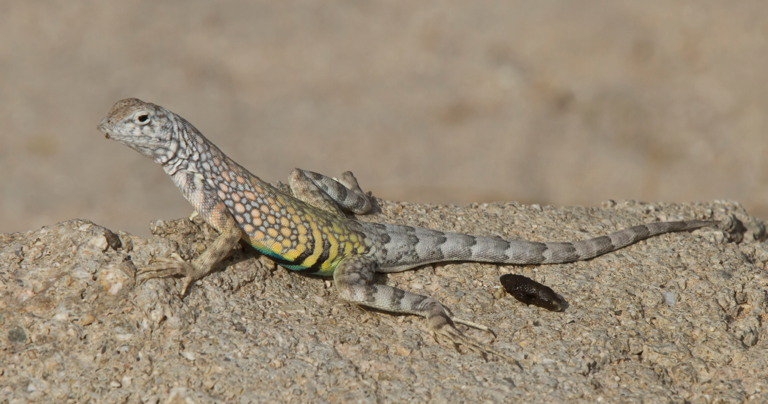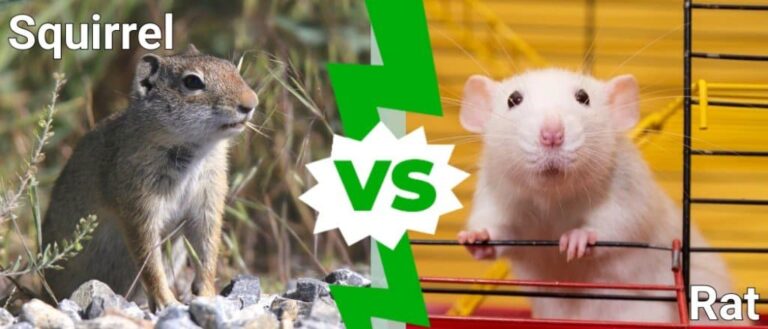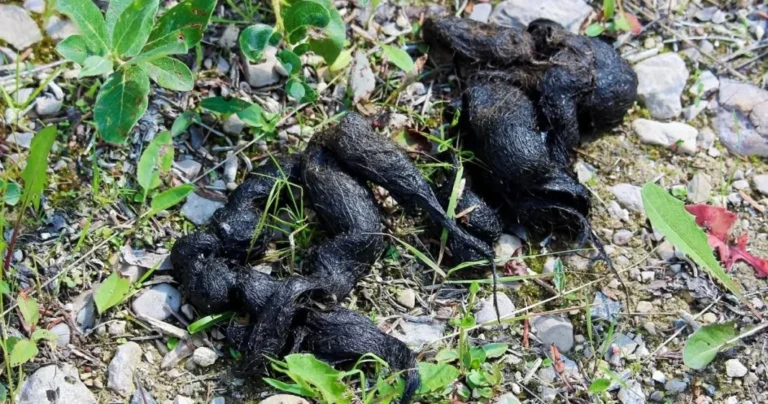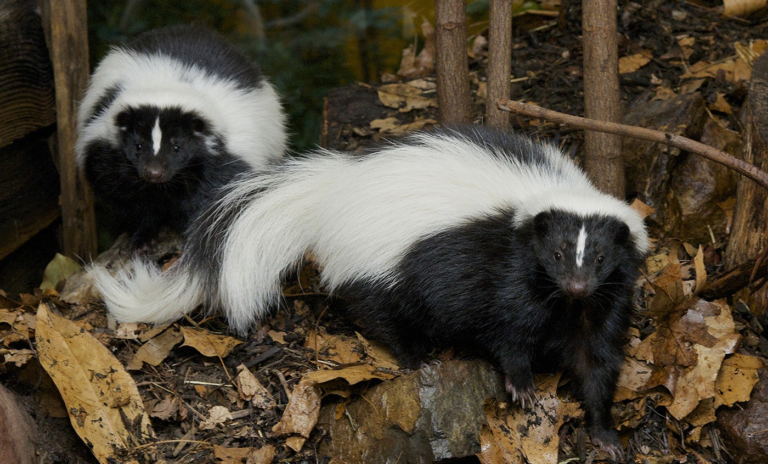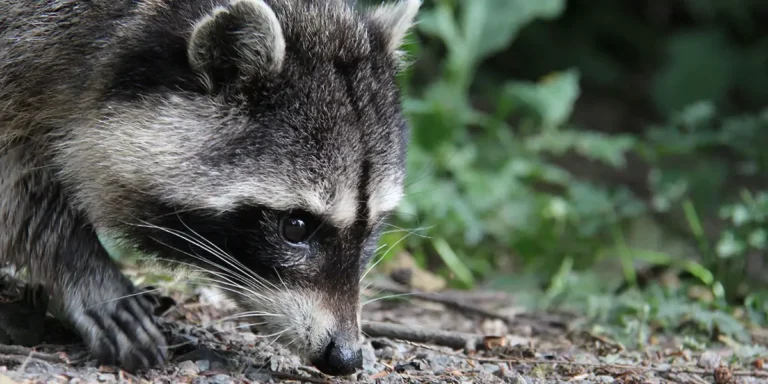What Do Chipmunk Droppings Look Like?
Overview
Most people associate chipmunks with their pleasant appearance and active nature. Understanding chipmunk droppings turns out to be essential if these animals have established themselves in your yard or house. Information about the habits and presence of chipmunks can be found within their excrement as well as their health condition.
The article provides complete information about chipmunk excrement including identification methods and health risks together with effective management strategies.
What Does Chipmunk Poop Look Like?
Fantastic amounts of chipmunk droppings exist as dark brown to black oblong shapes. The feces resemble mouse droppings because they present identical dimensions and appearance. An inspection of the droppings reveals distinct features which differentiate them from each other.
- Size: Typically 0.25 inches (6 mm) long.
- Shape: Oval with slightly pointed ends.
- Texture: Dry and hard when old; soft and moist when fresh.
Skunk Symbolism: Spirit, Totem & Power Animal?
How to Differentiate Chipmunk Poop from Other Rodents?
It proves challenging to recognize chipmunk droppings since they resemble other little rodent feces. Here’s a quick comparison:
| Rodent | Size | Shape | Color | Texture | Location Found |
|---|---|---|---|---|---|
| Chipmunks | 0.25 inches | Small, oval, pointed ends | Dark brown/black | Hard when dry, moist fresh | Near burrows, gardens, attics |
| Mice | 0.12–0.25 inches | Thin, tapered ends | Black | Dry and hard | Kitchen corners, cupboards, basements |
| Rats | 0.5–0.75 inches | Larger, blunt ends | Dark brown/black | Hard | Garages, sheds, basements |
| Squirrels | 0.5 inches | Larger, cylindrical | Brown | Hard | Trees, attics, outdoor areas |
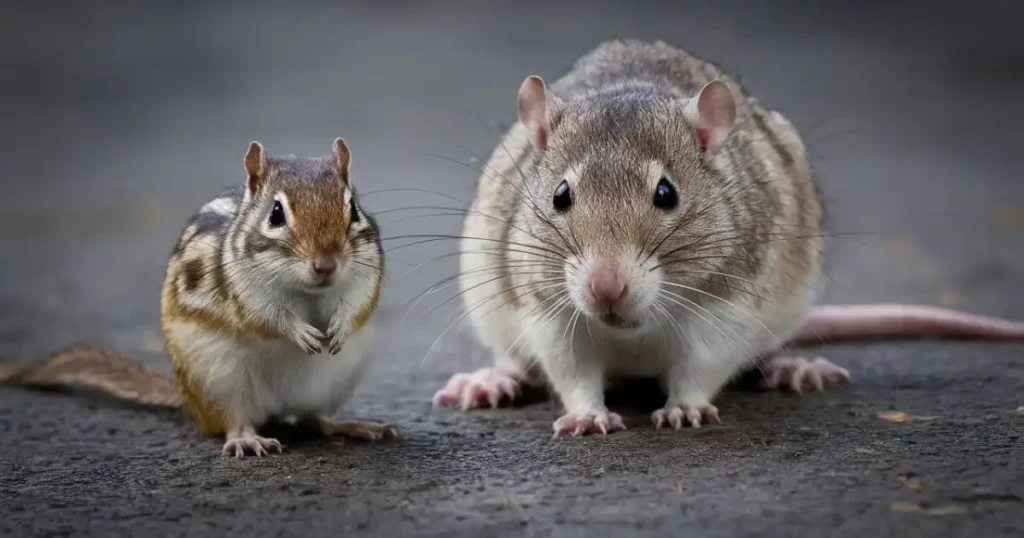
Why Should You Care About Chipmunk Poop?
1. Health Risks
The feces of chipmunks contain dangerous parasites and infectious agents that could cause sickness to humans and their pets:
- Hantavirus: Though rare, rodent droppings may harbor this serious virus.
- Leptospirosis: Bacteria from droppings contaminating water or soil can lead to infection.
- Salmonella: Improper handling of droppings can transmit this bacterial disease.
2. Indicator of Infestation
The appearance of chipmunk droppings serves as a definitive marker that these animals inhabit that area. The identification of chipmunk droppings leads homeowners to take necessary measures for damage prevention.
Features and Specs of Chipmunk Poop: A Detailed Table
Determination of chipmunk scat requires complete understanding of its physical and behavioral characteristics. Below is a comprehensive table:
| Feature | Description |
|---|---|
| Size | 0.25 inches long |
| Shape | Oval with pointed ends |
| Color | Dark brown to black (fresh) |
| Texture | Soft when fresh; hard and crumbly when dry |
| Location Found | Near burrows, garden beds, base of trees, attics, or inside walls |
| Frequency | Chipmunks defecate frequently, leaving droppings scattered in high-traffic areas |
| Odor | Mild but can become pungent if accumulated in closed spaces |
| Decomposition Time | Dries within hours, turning harder over days |
Where Can You Find Chipmunk Droppings?
Areas which supply food together with shelters enable chipmunks to thrive and multiply. Common locations include:
- Outdoor Areas: Gardens, under shrubs, or near burrows.
- Indoors: Basements, attics, and garages where chipmunks seek warmth and safety.
- Near Food Sources: Areas with bird feeders, fallen fruits, or unattended pet food.

How to Handle and Clean Chipmunk Droppings Safely
Executing the cleanup of chipmunk droppings requires safety precautions due to possible hazardous pathogens. Follow these steps:
Materials Needed:
- Disposable gloves
- Face mask
- Plastic bags
- Disinfectant (bleach solution: 1 part bleach to 10 parts water)
- Paper towels
Steps:
- Wear Protective Gear: Use gloves and a face mask to prevent direct contact.
- Spray Disinfectant: Generously spray the droppings with disinfectant and let it sit for 10 minutes.
- Carefully Remove Droppings: Use paper towels to pick up the droppings and dispose of them in a sealed plastic bag.
- Clean the Area: Wipe the surface with a disinfectant-soaked cloth.
- Wash Hands Thoroughly: Even with gloves, ensure proper handwashing after cleanup.
How to Prevent Chipmunk Droppings in Your Home
1. Seal Entry Points
Chipmunks gain entry to homes by using small spaces between objects. Check your home for openings then fill them with caulk or mesh materials for sealing.
2. Remove Attractants
- Eliminate food sources such as birdseed, nuts, or pet food.
- Keep garbage bins sealed.
3. Use Repellents
Chipmunks can be kept away using both peppermint oil and predator urine. Place these around vulnerable areas.
4. Install Barriers
The use of wire mesh and netting covering garden beds will stop chipmunks from entering your garden space.
5. Adopt Humane Traps
You should employ live traps for successively capturing chipmunks so you can move them elsewhere.
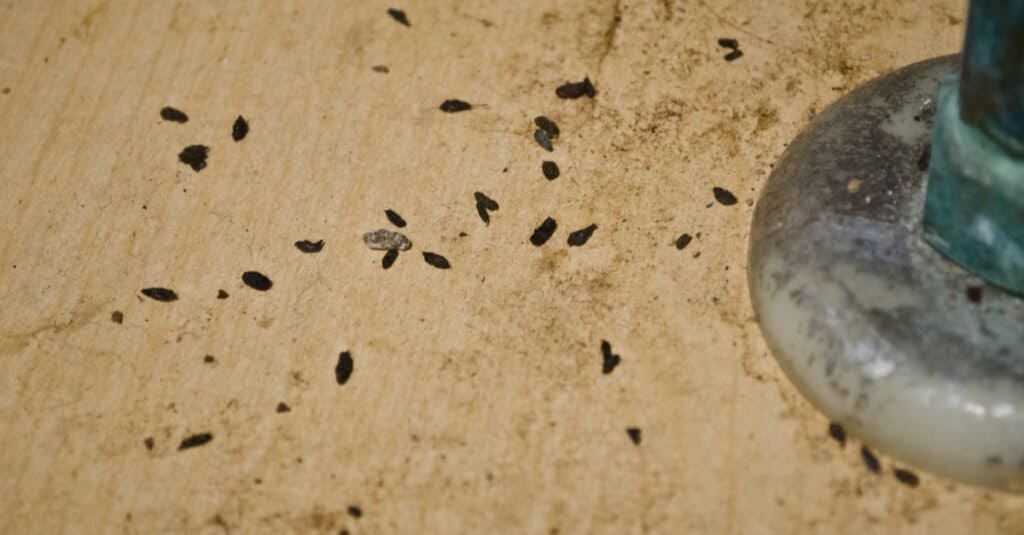
Fun Facts About Chipmunk Poop
- Nutrient Recycling: Chipmunks play a role in improving soil quality which promotes increased vegetation growth.
- Habitual Spots: Chipmunks choose distinct areas for their excrements which makes it simple to find their droppings.
- Diet Clues: Through analyzing its stool normal scientists can identify the dietary choices of these animals due to seed fragments, nuts and fruit presence.
FAQs
1. Are chipmunk droppings harmful to pets?
Yes, droppings may carry bacteria or parasites that could harm pets if ingested. Always clean droppings promptly.
2. How do I know if the droppings are fresh?
New droppings from raccoons remain moist and shiny before they dry into brittle fragments.
3. Can chipmunk poop damage property?
Rats droppings alone cannot damage building structures but their existence signals that rats may build nests resulting in either wire or insulation damage.
4. Is professional pest control necessary?
When chipmunk infestation proves serious or homeowners encounter treatment failures they should consider getting professional pest management services.
5. Do chipmunks poop in their burrows?
No, chipmunks typically create separate latrine sites away from their nests to maintain cleanliness.
Conclusion
Chipmunk droppings appear to be unimportant but contribute fundamentally to detecting along with removing chipmunk colonies from homes. Knowledge of chipmunk features and linked risks as well as appropriate cleanup steps enables effective management of chipmunk infestations on property. Take preventive measures to protect your space from chipmunks and recognize their position in the environment.
More Read=What Do Chipmunk Droppings Look Like?


